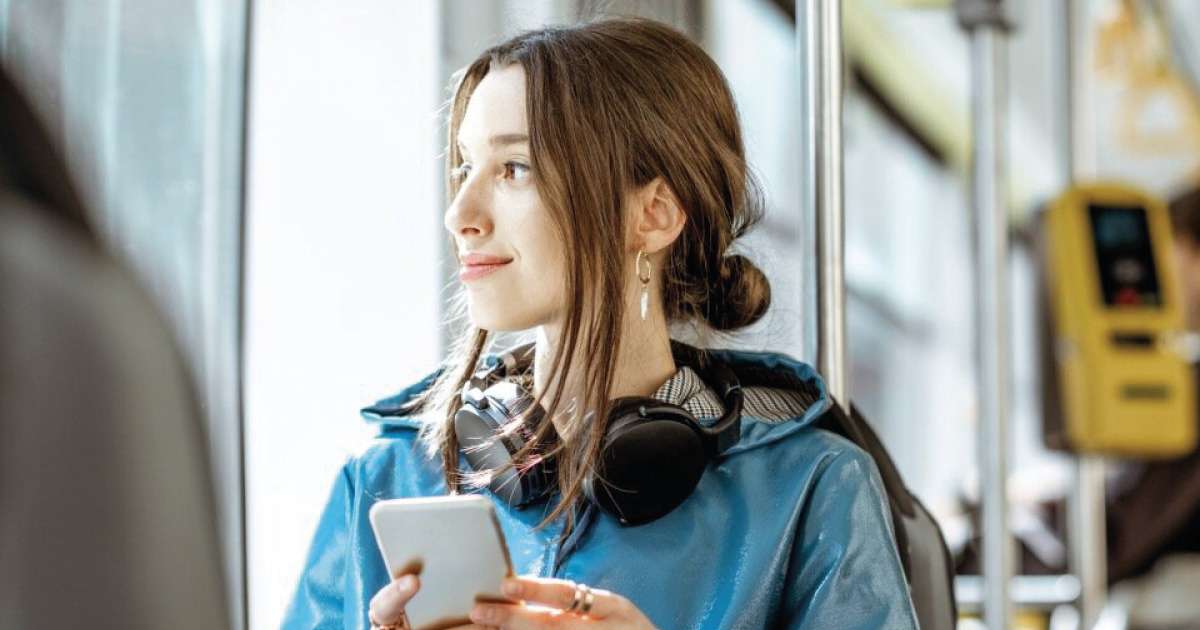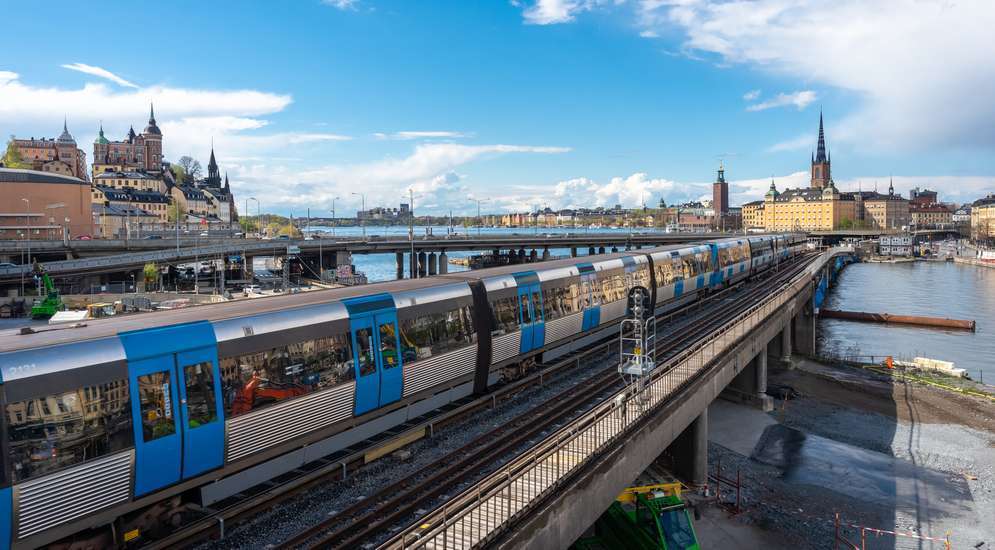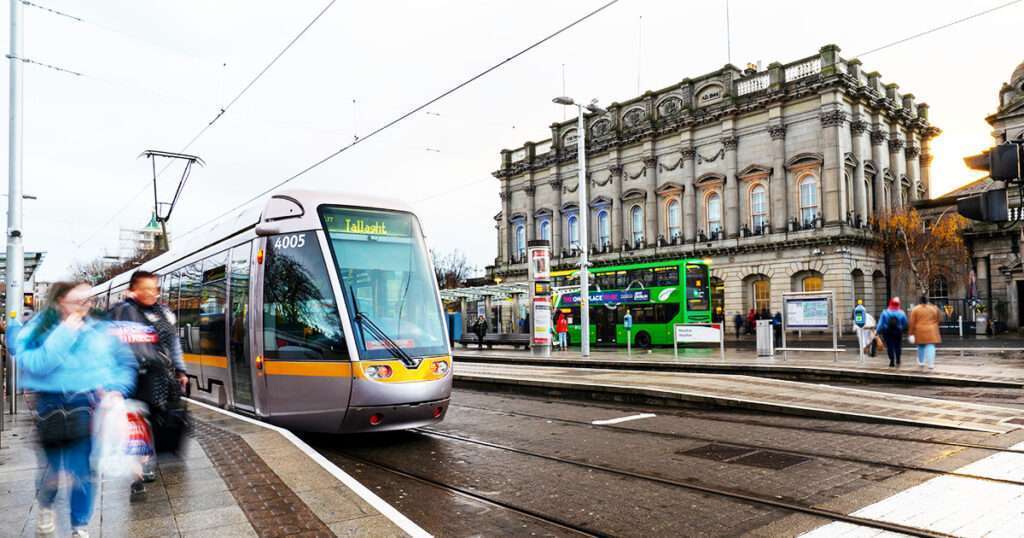Ticketing is an essential part of our daily lives. Whether you’re using public transport, going to the cinema or attending a sporting event, ticketing systems play a crucial role. Some major cities are already well advanced with these systems, including Hong Kong, London, Amsterdam, Singapore, San Francisco and Vienna. These systems are evolving over time to offer greater convenience to users. Among the different ticketing methods, three main approaches have become established: Check in – Check out (CiCo), Check in – Be out (CiBo) and Be in – Be Out (BiBo). In this article, we explore these three models in detail…
Check-in Check out (CiCo)
The Check in – Check out (CiCo) ticketing system is a pricing and payment model used in public transport to facilitate the passenger experience. Unlike traditional ticketing systems, CiCo offers an automated approach while still requiring users to validate their entry and exit manually. To facilitate the experience, CiCo uses current technologies such as electronic tickets, RFID or NFC cards and GPS and position sensors.
How does it work?
The CiCo works as follows:
- Check in: When a passenger enters a public transport vehicle or station, they must validate their ticket or travel card at an electronic device. This action registers the start of their journey and identifies them in the system.
- Check out: When passengers leave the vehicle or station at their destination, they must validate their card or ticket again to mark the end of their journey. This step is essential for calculating the exact cost of the journey.
- Fare calculation: The CiCo system calculates the cost of the journey based on various factors, such as distance travelled, journey time, fare zones and other relevant criteria. Passengers are billed accordingly at the end of their journey.
Today, CiCo is used in major cities such as Hong Kong with Octopus Card, London with Oyster Card and Amsterdam with OV-chipkaart. CiCo offers an automated approach to pricing and payment. But still requires manual action on the part of travellers to validate their entry and exit.
Check in, Be out (CiBo)
The Check in – Be out (CiBo) ticketing system is an evolution of CiCo, designed to simplify the process. Unlike the traditional ticketing system, CiBo offers a more automated approach. Under this system, users are only required to ‘check in’ at the start of their journey, and the system automatically ‘de-registers’ them as soon as they exit the bus, metro or tram.
This system is already well established around the world, notably in Sydney, Tallinn and Rennes. As with the CiCo system, CiBo then calculates the cost of the journey based on various factors, without the user having to swipe their card at each stage. All thanks to contactless cards, smartphones and geolocation technology.
How does it work?
The CiBo works as follows:
- Check in: When passengers enter the public transport network, they must “check in” using an electronic payment device, such as a contactless card or smartphone. This records their point of departure and the start of their journey.
- Be out: Then, when passengers leave the public transport network, they don’t have to take any further action. The system automatically detects their exit point, recording the end of their journey.
- Fare calculation: Finally, the system calculates the cost of the journey based on the distance travelled or other fare criteria. It can also apply variable fares according to time of day, transport zones, etc.
CiBo simplify the passenger experience by eliminating validation or pay each time they enter or leave a vehicle or station. It provides greater flexibility for users, who do not have to worry about the fare for their journey. In this way, CiBo encourages more efficient use of public transport by reducing queues at validation points.
Be in – Be Out (BiBo)
The Be-In Be-Out (BiBo) ticketing system is the latest advance in public transport convenience. Unlike traditional ticketing systems, BiBo eliminates the need to buy a ticket or perform manual validation for each journey. It uses payment integration, location-based data processing and advanced location technology. It offers a frictionless experience for passengers, using advanced location technologies to automatically record passenger entries and exits.
How does it work?
The BiBo works as follows:
- Be-In registration: When a passenger enters a public transport vehicle or passes through a station, the BiBo system automatically records the passenger’s time, position and identification, usually using contactless technologies such as RFID cards, smartphones or other electronic devices. Identification can be via a travel card, mobile app or other electronic means.
- Be-Out check-in: When the passenger leaves the vehicle or station at their destination, the BiBo system automatically records the passenger’s time, position and identification to mark the end of their journey.
- Fare calculation: The BiBo system calculates the cost of the journey based on various factors, such as distance travelled, journey time, fare zones and other relevant criteria. Passengers are then billed accordingly, either in real time or periodically, depending on the system in place.
- Automated payment: The amount due is automatically deducted from the passenger’s account, either via a previously associated means of payment (credit card, bank account, e-wallet, etc.) or saved for later payment.
Be-In Be-Out ticketing is an example of the evolution of ticketing systems in public transport. Towards more modern and efficient solutions, and reducing barriers to the use of public transport. It allows more accurate pricing based on public transport use.
Ticketing systems have evolved over time to offer greater convenience to users. From the traditional CiCo to the more modern CiBo and BiBo, each system has its advantages. The choice of system will depend on the context and user preferences. However, they all aim to simplify access to services and make the experience more pleasant for everyone.





